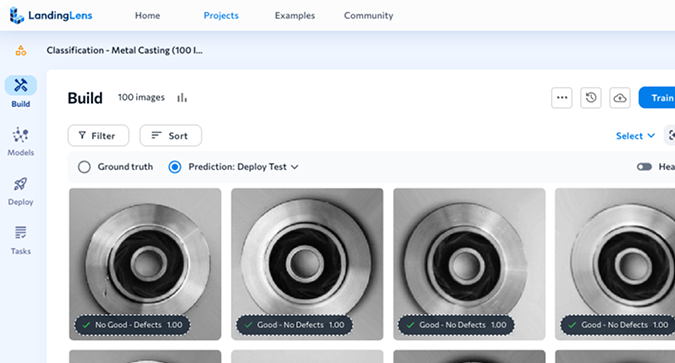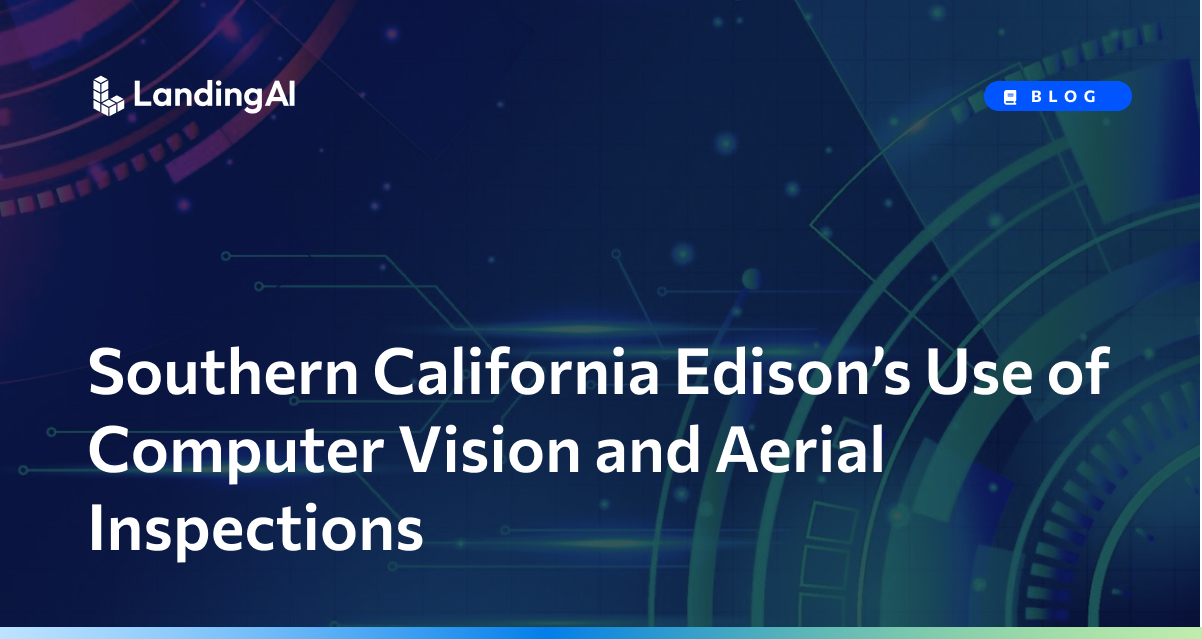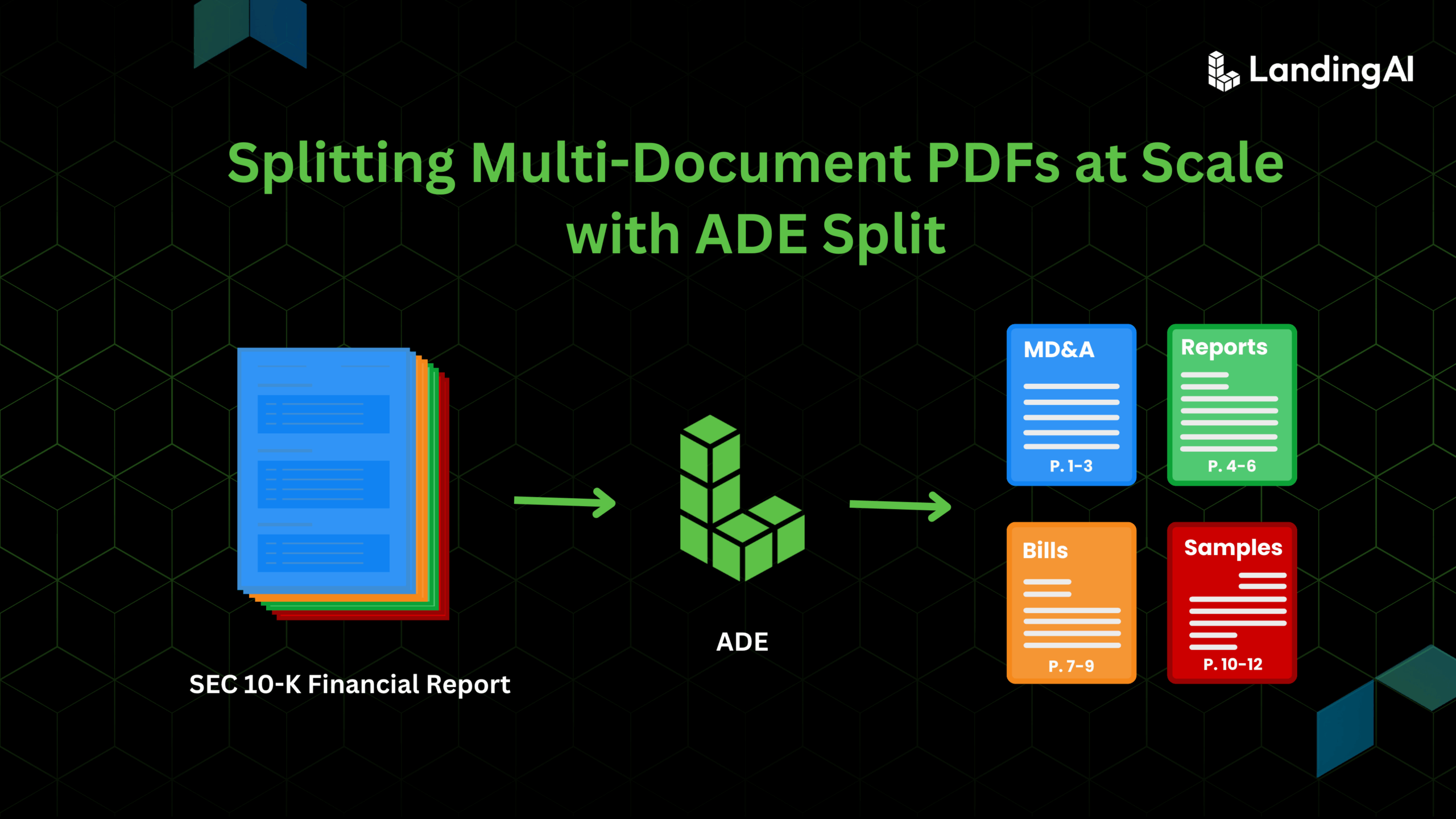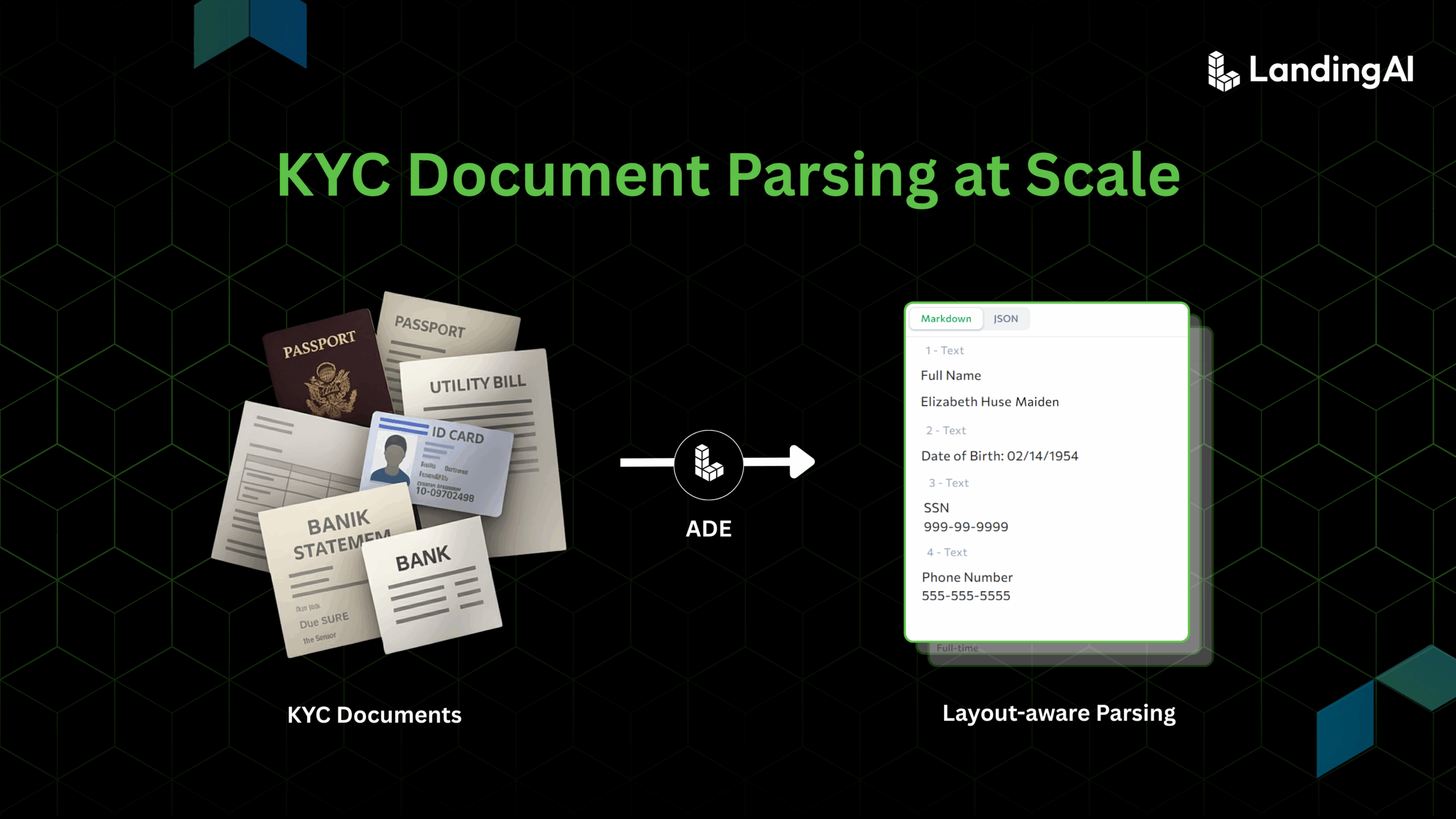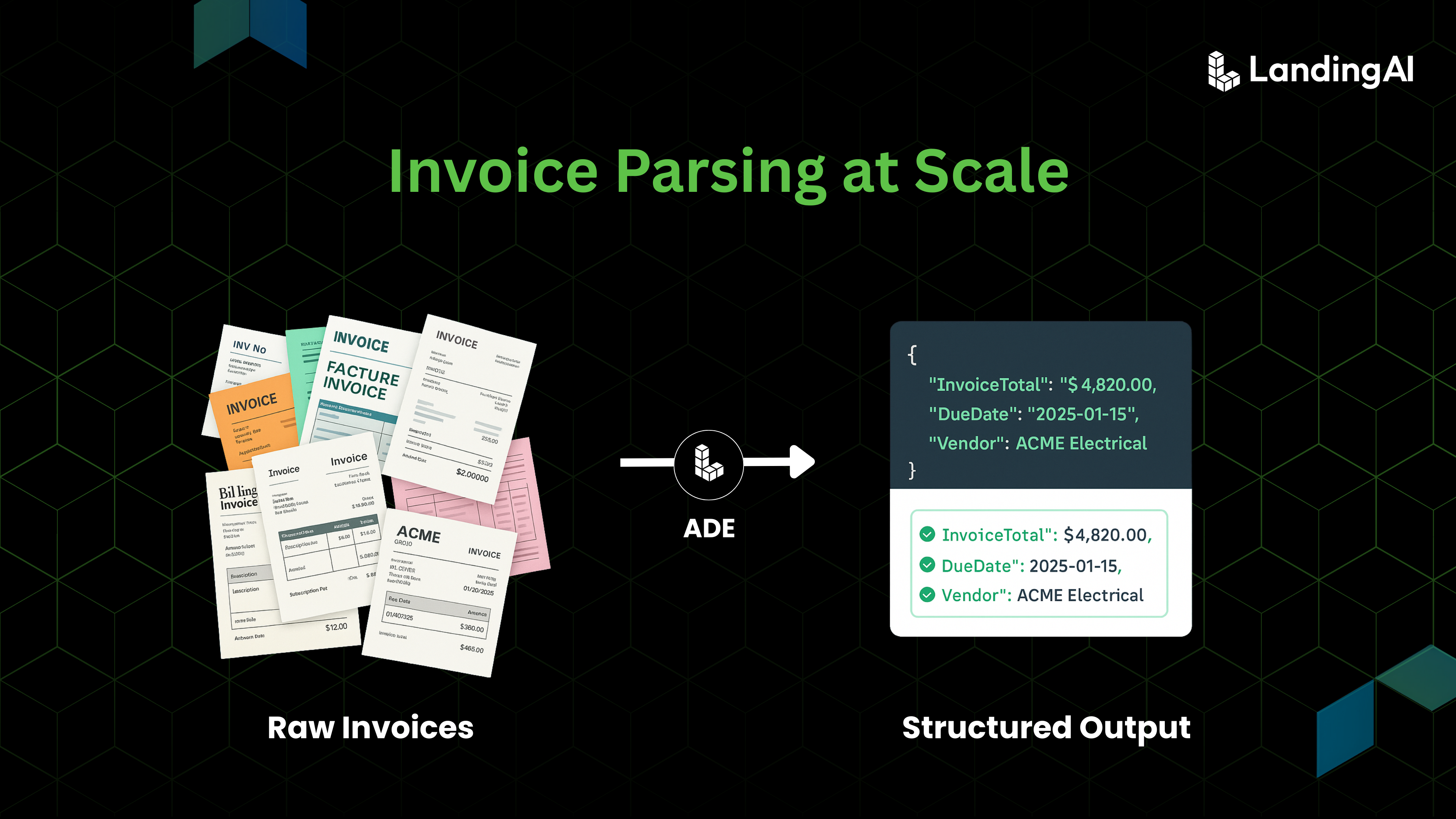“It increases efficiency, productivity and it increases our ability to identify issues in a much faster way, so it’s very exciting. This doesn’t mean we’re not going to need inspectors, it just means that the AI and ML models identify structures with deterioration right away so they can be inspected first.”
Alyssa Grigoryan, SCE principal manager of Aerial Inspections.
Introduction
Southern California Edison (SCE), a major utility provider in California, faces challenges such as wildfires, aging infrastructure, and ensuring grid reliability. To mitigate these risks, SCE has adopted drone technology and artificial intelligence (AI) for aerial inspections. These technologies are transforming how SCE monitors its infrastructure, reducing the time and risks associated with traditional inspections. By pairing drones with AI, SCE identifies hazards faster, ensures rapid repairs, and protects both its workers and the public.
The Need for Innovation in Inspection and Maintenance
SCE’s vast service area, spanning over 50,000 square miles, includes high-fire-risk regions where maintaining infrastructure is critical. Traditional inspection methods, like on-foot patrols and pole climbing, were slow, labor-intensive, and hazardous. SCE needed an innovative solution to address wildfire risks and aging equipment more effectively. The utility’s adoption of drones and AI streamlined inspections, enabling quicker responses to potential issues and improving safety.

Adoption of Drones and Aerial Inspections
Drones allow SCE to inspect more than 400,000 poles, transformers, and power lines annually, especially in high-fire-risk areas. Greg Davis, an SCE troubleman, noted that drones cut down inspection times from hours to minutes, particularly in remote, mountainous terrain. This speed enables SCE to restore power more quickly after Public Safety Power Shutoffs (PSPS), reducing downtime for customers.
Drones equipped with high-resolution and thermal cameras detect equipment issues that aren’t visible during ground inspections, such as overheating components or structural weaknesses. By conducting pre- and post-event inspections, SCE ensures circuits are safe to re-energize, minimizing fire risks and improving grid reliability.

AI and Machine Learning Enhancing Inspection Capabilities
AI and machine learning (ML) technologies are integral to SCE’s aerial inspections, automating the analysis of visual data collected by drones. AI models trained to recognize deterioration, such as damaged cross-arms or faulty transformers, prioritize repairs and flag high-risk areas for immediate attention. This has significantly reduced inspection times and allowed for faster repairs, with high-risk issues being addressed within 24 hours.
Thermal imaging technology further enhances AI’s capabilities, identifying heat anomalies in electrical components that are invisible to the naked eye. SCE’s integration of AI reduces the need for manual inspections, allowing inspectors to focus on more critical areas and improving overall safety and efficiency.

Wildfire Mitigation and Vegetation Management
One of the most impactful uses of drones and AI at SCE is wildfire mitigation. Vegetation encroachment on power lines is a major wildfire risk, and SCE’s aerial inspections, combined with AI analysis, allow the utility to proactively manage this threat. Drones help monitor over 740,000 trees in high-fire-risk areas, detecting potential hazards quickly and efficiently.
Drones’ ability to navigate difficult terrain and capture detailed imagery enables SCE to perform pre- and post-PSPS inspections, ensuring safe power restoration and reducing fire risks. AI’s role in identifying high-risk vegetation and prioritizing tree trimming has streamlined SCE’s vegetation management program, reducing the likelihood of fires caused by infrastructure.

The Future of Aerial Inspections at SCE
Looking ahead, SCE is exploring Beyond Visual Line of Sight (BVLOS) drone flights, which will extend the range of drone inspections and reduce costs further. This will enable more comprehensive coverage of remote areas and improve inspection efficiency. SCE is also developing AI models to address more complex issues, including real-time streaming capabilities, which would allow for live collaboration between drone pilots and remote inspectors.
These advancements, combined with AI’s growing role in prioritizing maintenance, will help SCE enhance its operational efficiency while keeping its grid safe and reliable in an era of increasing wildfire threats and grid demands.

Conclusion
SCE’s use of drone technology and AI-driven visual inspections has transformed its approach to wildfire prevention and infrastructure management. These innovations have improved inspection speed, enhanced worker safety, and reduced the risks of outages and wildfires. As SCE continues to expand its use of drones and AI, it is setting a new standard for utility management and ensuring a more resilient power grid for the future.
Sources:
- Drones and AI: Future is Now for SCE’s Aerial Inspections https://energized.edison.com/stories/drones-and-ai-future-is-now-for-sces-aerial-inspections
- Virtual Inspections Help Clean Energy Projects Move Forward https://energized.edison.com/stories/virtual-inspections-help-clean-energy-projects-move-forward
- SoCal Edison Taps UAS Service Provider for Inspections https://robotics.umd.edu/news/story/socal-edison-taps-uas-service-provider-for-inspections
- A 360-Degree View of Safety https://energized.edison.com/stories/a-360-degree-view-of-safety
- Drones Take SCE’s Dam Safety Inspections to New Heights https://energized.edison.com/stories/drones-take-sces-dam-safety-inspections-to-new-heights
- Fighting Fire With Data https://energized.edison.com/stories/fighting-fire-with-data
- Fighting Fire With Tech at Southern California Edison https://deloitte.wsj.com/cio/fighting-fire-with-tech-at-southern-california-edison-01618945329
- A 360-Degree View of Safety –https://www.youtube.com/watch?v=9UfwSHi3fcw
- Drones: A New Tool in the Kit – https://www.youtube.com/watch?v=bar-P_bcUGo
- Power Lines & Trees https://www.sce.com/safety/power-lines

